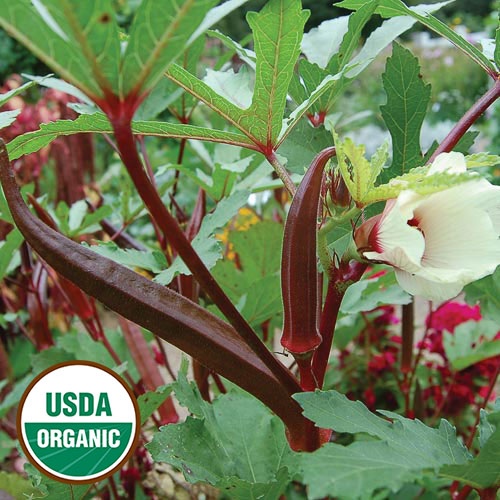 Okra is one of those things in the South that you either love or hate. But which ever side you fall on, there are things that you just don't know about it.
Okra is one of those things in the South that you either love or hate. But which ever side you fall on, there are things that you just don't know about it.Okra originate from North African countries, and is also known as Bamia.It is related to cotton and Holly hocks, now that's a diverse family! The pods are generally harvested while they are still "green". It grows best in well drained, nitrogen rich soils. In some areas the seeds are roasted and are used as a coffee substitute.
They are very low in calories and high in Vitamin A, dietary fibers, Iron and Magnesium. They are also great for women who are in child bearing years since it is very high in Folates. The plants can grow quite large, up to 6 feet in the right climates. You'll want to pick the pods while they are young and tender, generally around 4 inches in length, check your plants often they grow quickly. The older. Mature, pods become tough and woody, and have been used to make paper and rope. Woody texture is not what I think of when Okra comes to mind, slimy would be the description I would use. But that mucilaginous juice is what the prized result of cooking okra in stews and gumbo.
Okra is prickly, and slimy, but it does have it redeeming qualities. If you are looking for something interested for the garden there is now a Crimson variety to go along with the green. The talk stalks have very showy blooms and heart shaped leaves and don't require much in the way of care. Check out the Seed Savers Exchange for Seeds and other information.
 |
| Seed Savers Exchange |
Looking for ideas on how to use these strange pods, Check theses ideas out;
Thanks for wandering through the garden with me, you never know you might find your new favorite recipe or at least something different to try!
This is a delayed part of the A to Z Challenge that is happening in April. Join me and other Bloggers as we blog the Alphabet!
No comments:
Post a Comment